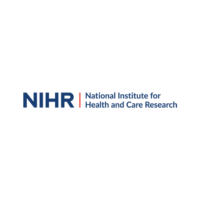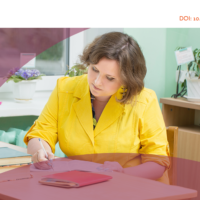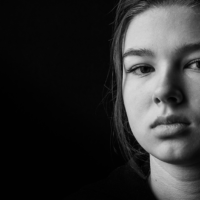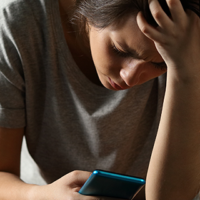Self-Harm
-

Adverse childhood experiences: what support do young people need?
Recent research funded by the National Institute for Health and Care Research (NIHR) identifies the types of support young people feel they need from services, and offers ways to support the mental health of children in care and those adopted from care.
Read more -

How isolation and secrecy fuel the self-harm flames
During Mental Health Awareness month in May 2022 – focused on the role of loneliness – Nip in the Bud listened to experts and those who have been through it to understand the vicious cycle of trying to cope alone. (TRIGGER WARNING: Please be aware that this blog discusses self-harm, including personal experiences of self-harm.) This blog was published by Nip in the Bud on 27 May 2022.
Read more -

NICE guidelines for self-harm: a new school of thought
New NICE guidelines for the management of self-harm in the UK emphasise the important role of non-specialists. In this article, Holly Crudgington and Dennis Ougrin discuss this guidance, focusing on the new advice for schools and its implications.
Read more -

CAMH Editorial: Volume 26, Issue 4, November 2021
Supporting children and young people (CYP) who self-harm (SH) is an important work of Child and Adolescent Mental Health Services (CAMHS). This theme is reflected throughout this issue.
Read more -

How effective are tools to help school staff better respond to young people who self-harm?
Aureliane Pierret and colleagues at the University of Cambridge carried out a systematic review into the effectiveness, feasibility and acceptability of interventions and tools to support school staff to better respond to young people who disclose self-harm.
Read more -

Conflating risk and mental illness
In this thoughtful article, a young person, Anna, reflects on her experience of risk being conflated with mental illness in child and adolescent mental health services (CAMHS), highlighting crucial lessons for clinicians, commissioners, and policy makers.
Read more -

Environmental factors linked with identifying as a sexual minority may increase suicidality risk
Adolescents who identify as a sexual minority (e.g., gay/lesbian, bisexual) are at an increased risk for suicidality compared to their heterosexual counterparts.1 Until now, inherent limitations in study design has meant that the extent of this association has been unclear.
Read more -

Dr. Joan Asarnow
Dr. Joan Asarnow is a Professor of Psychiatry and Biobehavioral Sciences at UCLA and Director of a SAMHSA-funded Center for Trauma-Informed Suicide, Self-Harm, and Substance Abuse Treatment and Prevention (ASAP Center, with Co-Director Dr. David-Goldston) which offers trainings, consultation, and technical assistance on trauma-informed approaches to evaluation and treatment for reducing suicide and self-harm risk.
Read more -

Utilization of peer-supported youth hotlines is on the rise
New data suggest that there has been a significant increase in the use of a peer-supported youth hotline between 2010 (~8,000 annual contacts) and 2016 (>12,000 annual contacts). Berit Kerner and colleagues evaluated >67,000 contacts made to a hotline based in Los Angeles, USA.
Read more -

Online self-harm content might provide peer support to young people
Youth today find themselves living in an era of social media, with easy access to a wide range of social networking sites. Unfortunately, emerging evidence suggests that some social technologies might cause more harm than good to some young people’s mental health.1,2
Read more